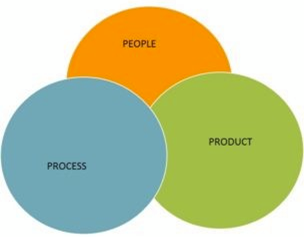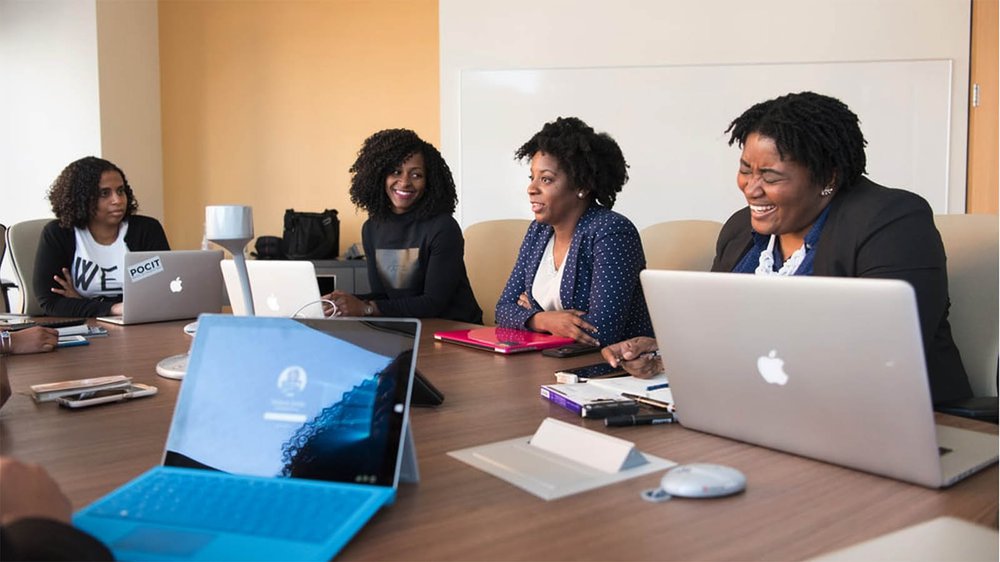When I first show up to provide leadership coaching or learning sessions for a new client, I spend some time wandering around the facility. There’s a lot to be learned from listening to how people talk to each other, from their body language, and from gauging how relaxed or pressured the place feels. I’m a lifelong musician, and I often frame what I observe in terms of rhythm and tempo. Perhaps a better word is cadence: “the flow of rhythm.” The concept of cadence helps me understand how I see and practice leadership, how I can improve my communication, and how I can focus my energy for learning. Understanding cadence can magnify our impact whether we’re leading a retreat or teaching a class.
Leading
During the press of day-to-day business, it’s easy to lose touch with the cadence of our role. Are we providing leadership, or just a fire extinguisher? Do people come to us freely and openly or only if they have to? How can we tell if the cadence of our leadership is functional (as opposed to dysfunctional) and forward-looking?
First, we can realize the tension between managing and leading and strike a balance. Managing resides more at the “pushing” end of the spectrum—following up, getting things done, assigning lessons, scheduling, holding others accountable. Leading occupies the “pulling” end of the spectrum—setting an example, listening, encouraging feedback, seeing others’ ideas as a resource rather than as a barrier. The sweet spot in between resonates with delegating, helping others think strategically, not just tactically, and finding time to reflect on the ripples we have caused and are part of.

Second, we can maintain a focus on the center of the Venn (diagram). Every action, in any organization—be it school, district, family, church group, community organization, government agency or corporation—has impacts beyond the immediate focus. For instance, pushing a work group or class to finish a project that’s behind is a clear product focus. It also has an impact on process (affecting their understanding of autonomy and accountability) and people (the members’ assumptions about how they relate to us and to each other).
So, when the cadence of our interaction rests too heavily on one element of this diagram, we can ask questions that guide us (and the group) back to balance. “What are we getting done and what’s holding us back?” is a simple and powerful Product question. “How might we generate options to help us challenge how we’re approaching this issue?” is a valuable Process question; and “What about our relationship needs attention to make the group feel more transparent and listened to?” is a powerful People question.
Language
Our voice is an extraordinary tool of influence and persuasion. Yet how often do we not use our voice as an instrument, but merely as a mouthpiece for our thoughts? Here are three ideas that can help us better use, as John Ciardi says, “the voice that is great within us.”
First, more is not better. The most effective approach to clarifying anything is stop explaining. Get in the habit of a short explanation followed by a pause for questions, to check for understanding, and to focus on listening. That’s the cadence for clarity. By the way, the same is true for presentations: less is more.
Your voice is a tool you carry with you wherever you go. Develop it!
Second, build a dictionary of questions. Include open questions like “What do you see that I may have missed?” or “Have you had experience that might illuminate this problem?” Use closed questions to sum up, e.g. “Do you think that will generate support?” Watch the tendency to ride a series of closed questions, which can feel like problem-solving but often simply limits possibilities. You will find a list of open questions you can download at http://50.87.132.124/~azalear1/wp-content/uploads/2014/10/Open-Questions.pdf.
Third, use your voice better. A couple of vocal lessons will pay off more than you can imagine. Think of how many times you, as a listener, have tuned out a weak, lackluster, monotone or dull voice. A simple trick? When you’re addressing a room, send your voice to the corner of the room farthest from you. You needn’t shout, just be sure that “person in the corner” can hear you. And remember WAIT: Why Am I Talking? and WAIST: Why Am I Still Talking? Finally, treasure the silences and pauses as you speak. It’s the silent part of the cadence that adds meaning to what’s on either side of the quiet. Try thinking of your voice as an instrument.
Learning
We learn all the time—it’s what our brains do (even when we’re sleeping). There’s a cadence to effective learning, for ourselves as well as for those we lead.
One thing to remember is to balance linear learning with expansive learning. Linear learning is focusing on knowledge and skills that have a clear relationship to our work. Taking a class in using spreadsheets, for instance, or a refresher class covering new policies within our agency. Expansive learning takes us into areas that will pay off on a tangent. For instance, I took an acting class for fun and discovered it made me a much more effective presenter. I took an airbrush class and the teacher helped me get over a lifelong idea that I was not creative, freeing me to design my sessions more fearlessly, with much greater success.
Don't be hung up on linear learning. Expand in all directions.
Second, we all learn differently. As Oscar Wilde suggested, “Be yourself. Everyone else is already taken.” We often fall into our own learning cadence and then lose some of those around us whose learning cadence is very different. Give lots of space for working individually, in groups, tackling problems with a variety of approaches. Instead of asking the pro forma “Are there any questions?” try “I’d like really challenging question right now?” Be prepared to wait as long as it takes.
Some people need to be grounded in detail, others like big-picture thinking. Some prefer the very literal, others think metaphorically. Take time to explore these differences and create a safe place for differences to show up without judgment. Being in touch with our different learning preferences and needs accelerates the retention of knowledge and insight. That habit also increases the power and evolution of our relationships.
Finally, never pass by an opportunity for a quick “What have we learned, and how could we have done better?” conversation at the end of any meeting, discussion, or planning session. This doesn’t have to be a big deal. A quick thumbs up, down, or in between with some comments takes only a few moments and nurtures a cadence of continual feedback.
Once we become better attuned to the cadence of our interactions, we find ourselves paying better attention, listening more effectively, and better able to create alignment with those we lead, whether in the classroom or the board room.
To enjoy a podcast with some additional insight, simply click on the link below:
http://learningchaos1243.audello.com/podcast/1/
About the author

Mac Bogert is President of AZA Learning and a regular columnist for the Learning Counsel. He began his career as an English teacher. For the past 25 years, Mac has focused on the intersection of leadership and learning. In between, he is a musician, professional actor, yacht charter captain, staff development consultant, curriculum designer and author of Learning Chaos.











